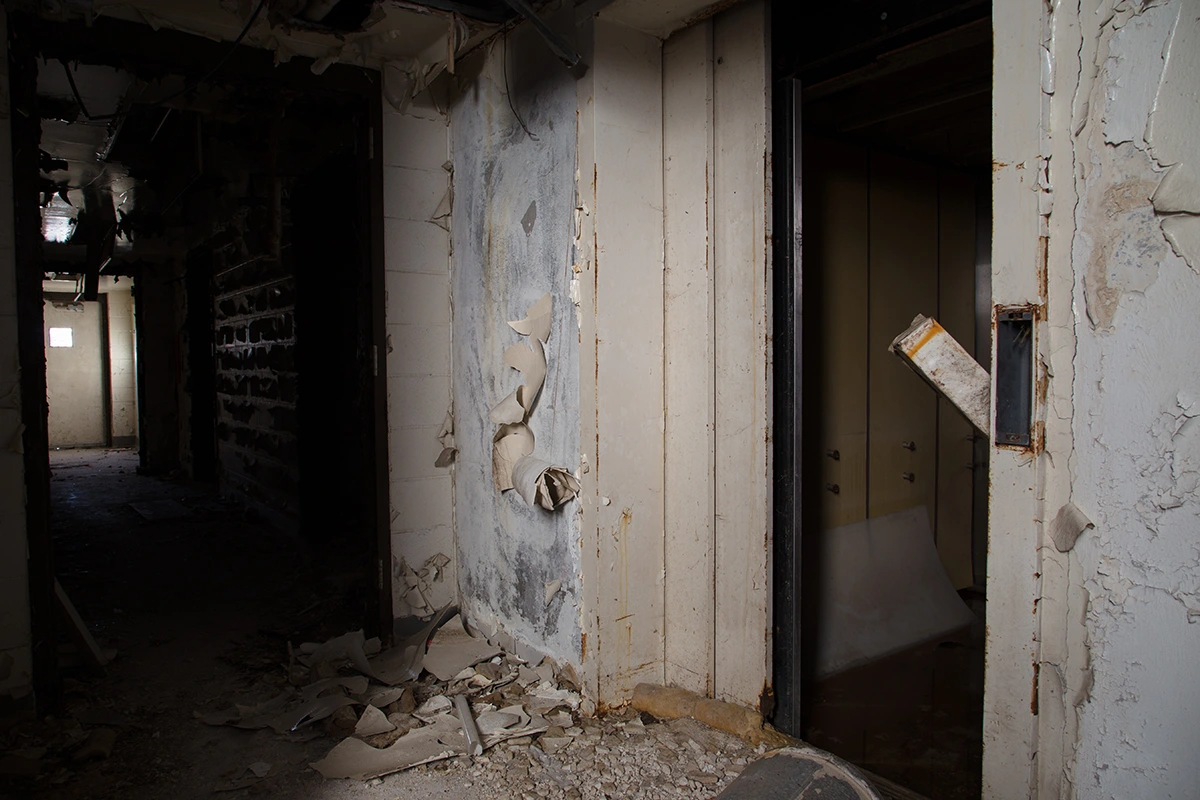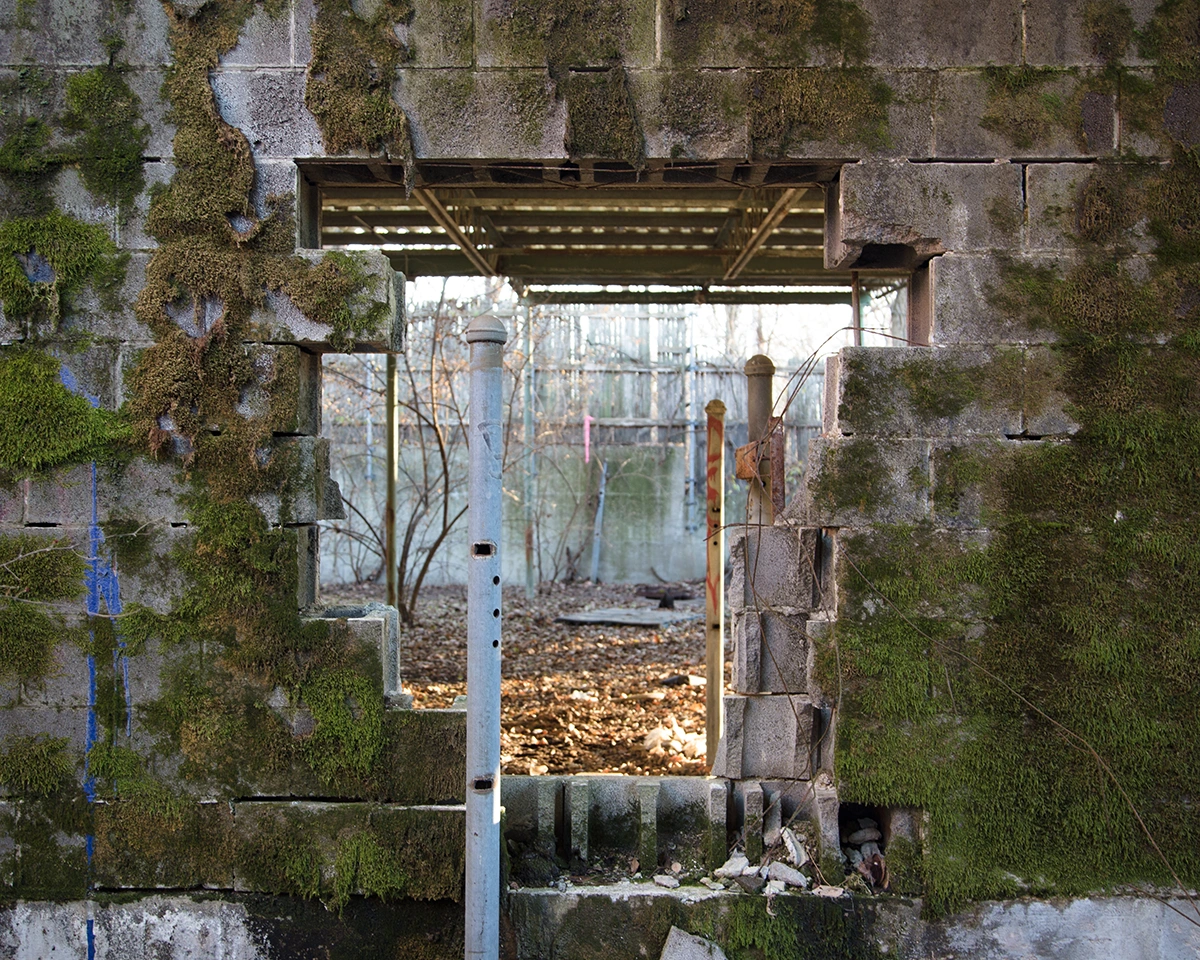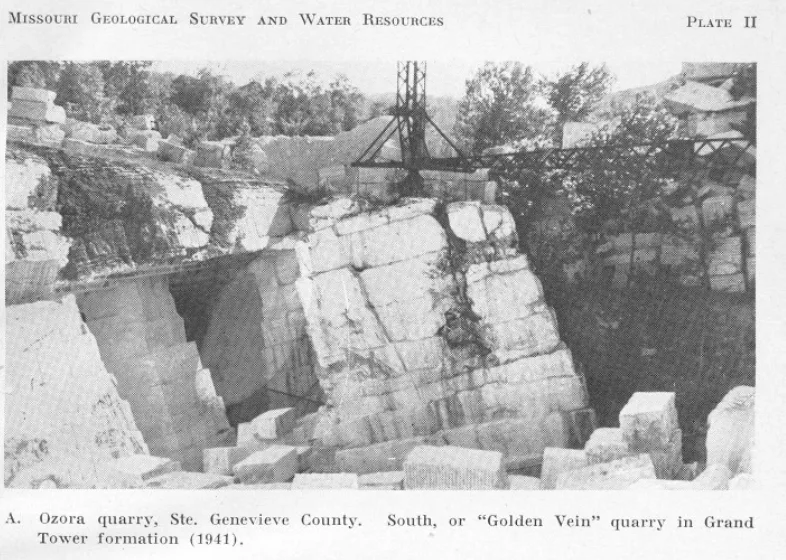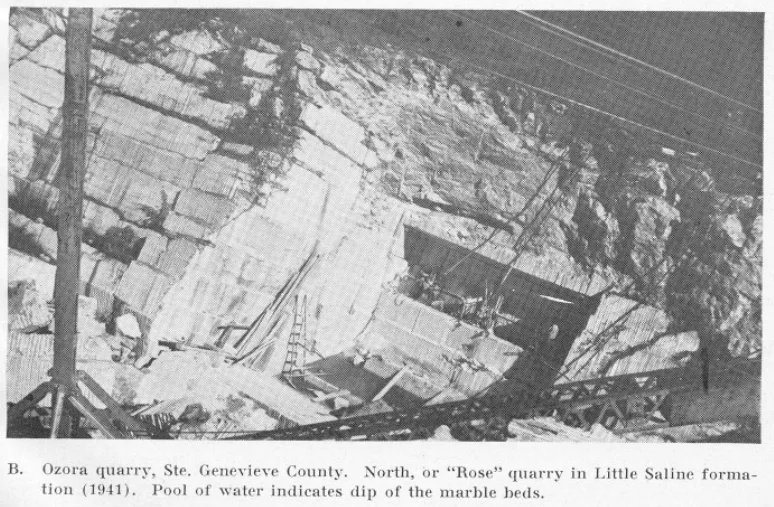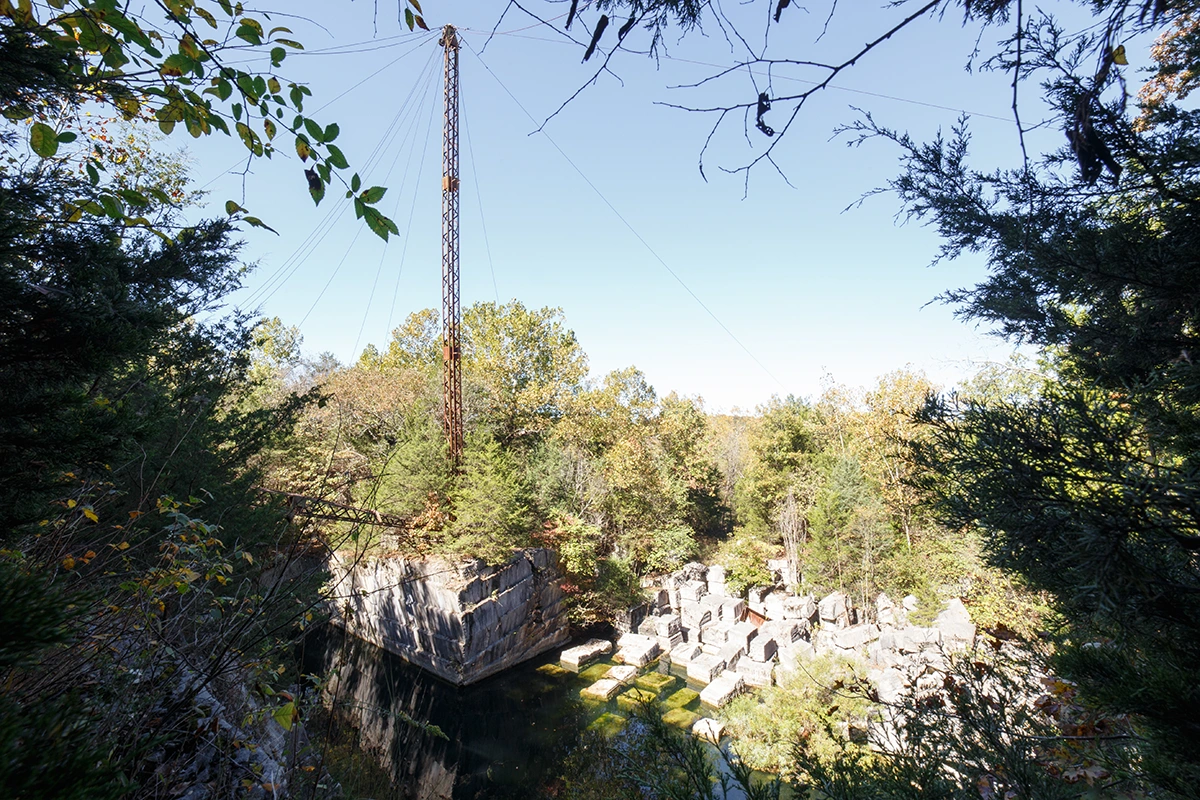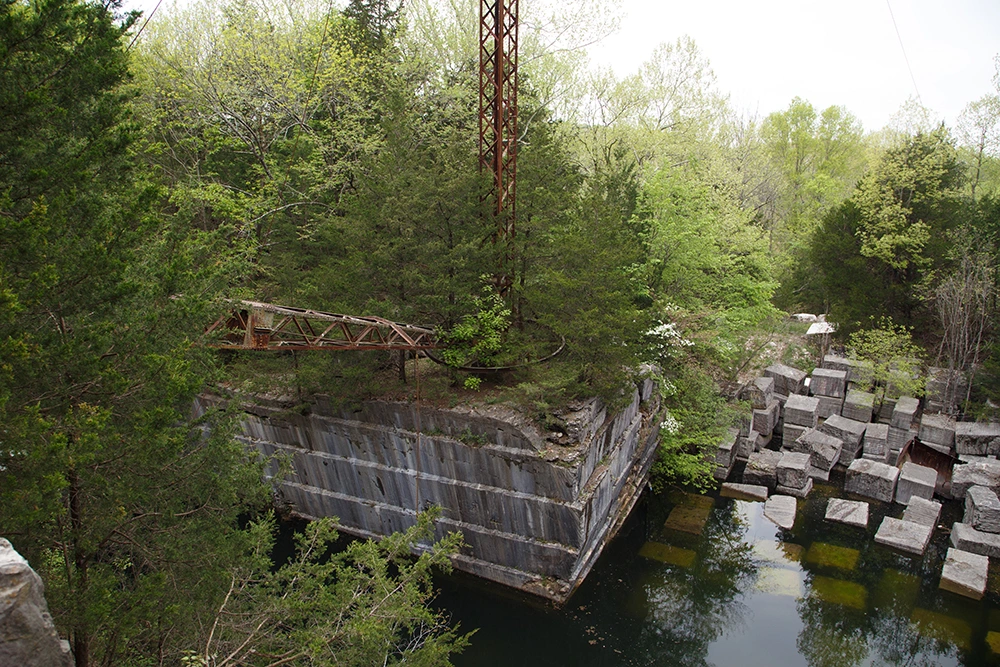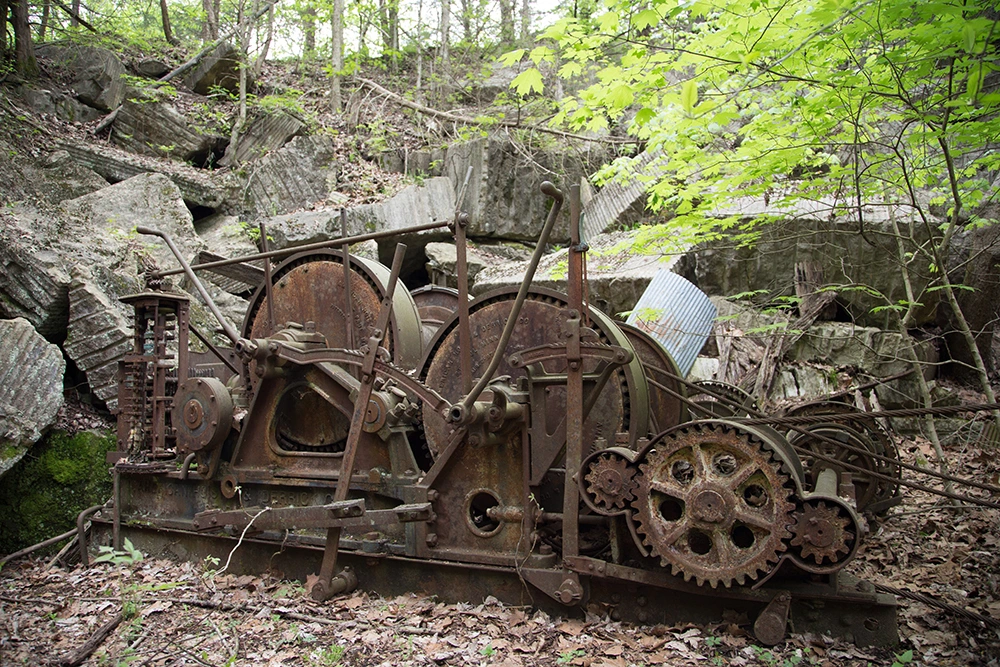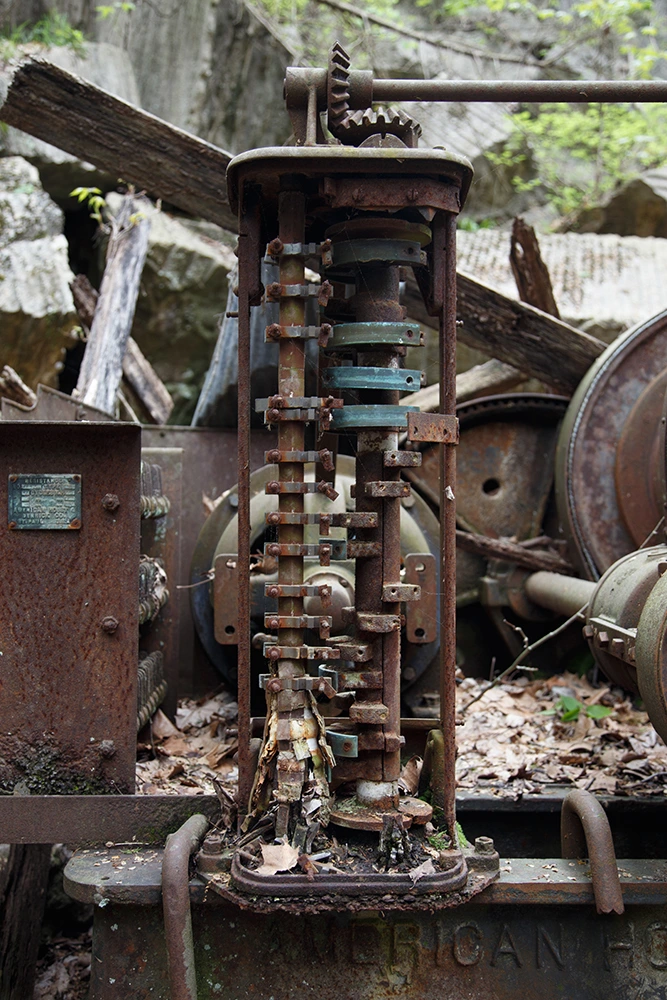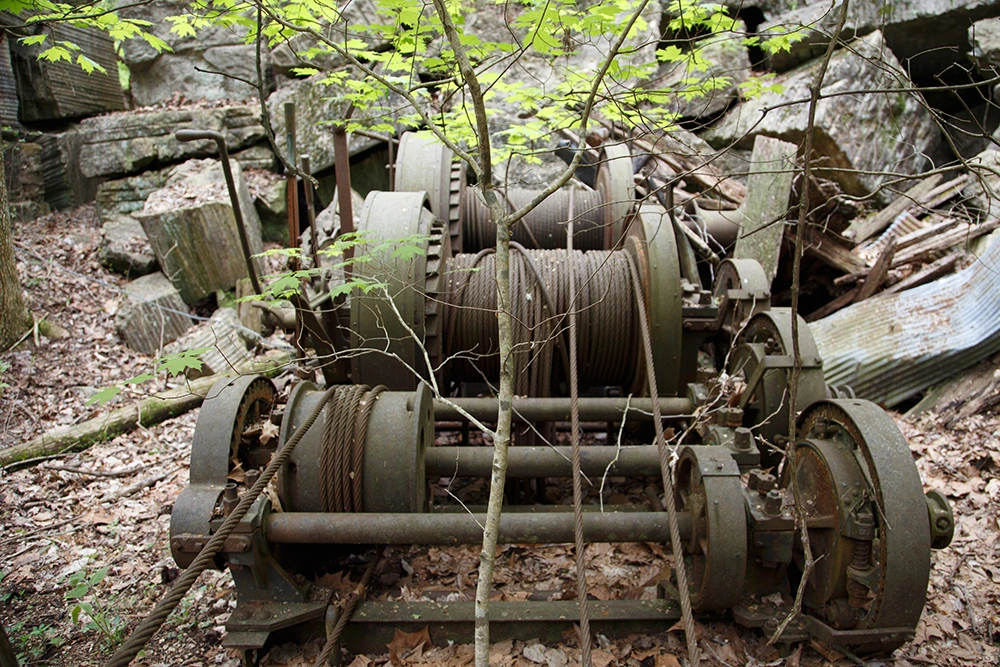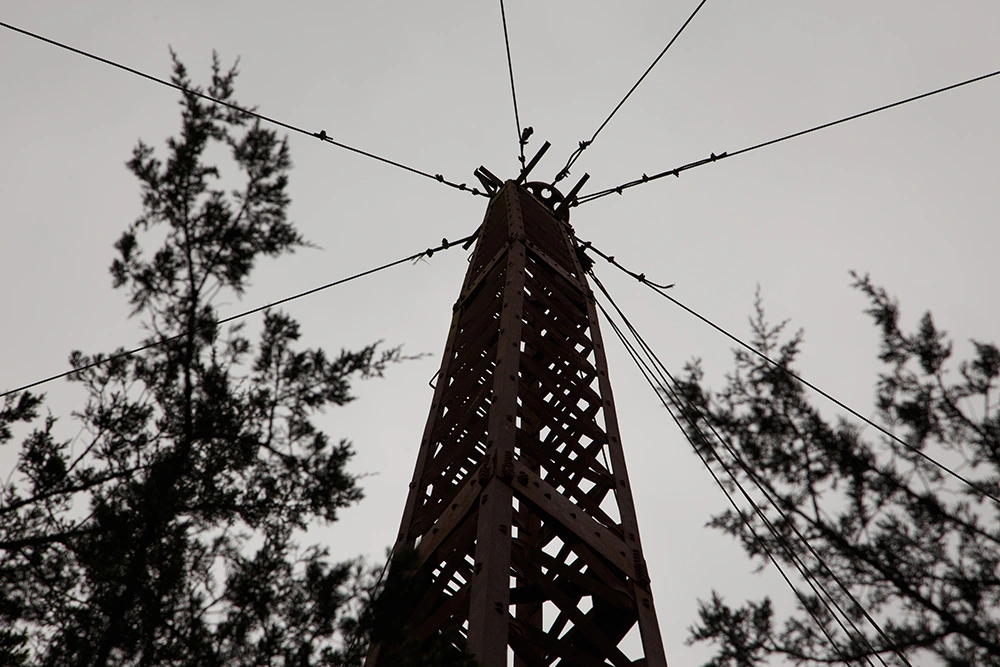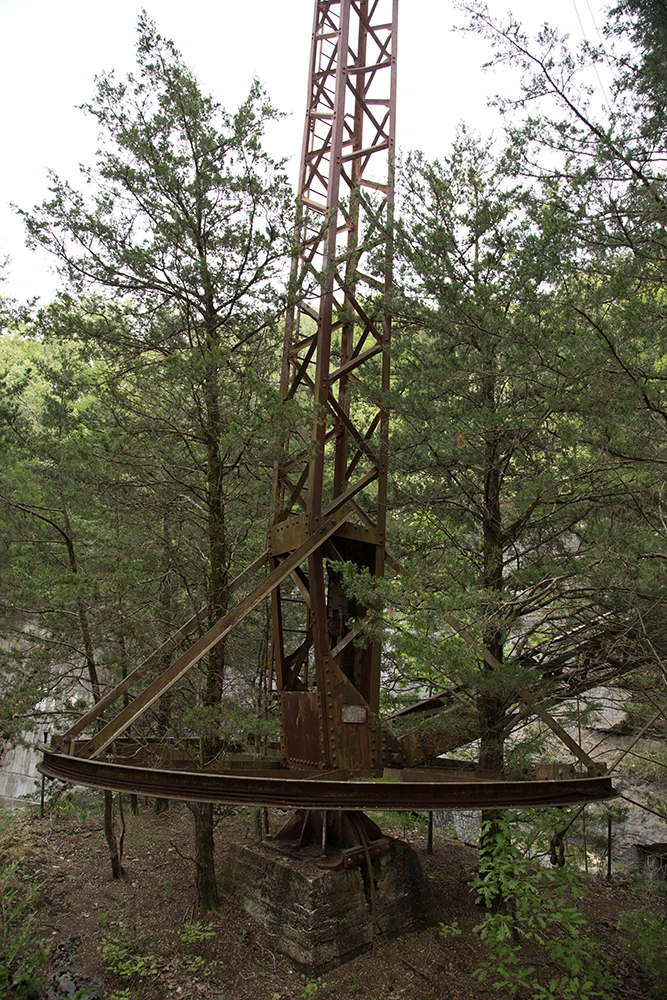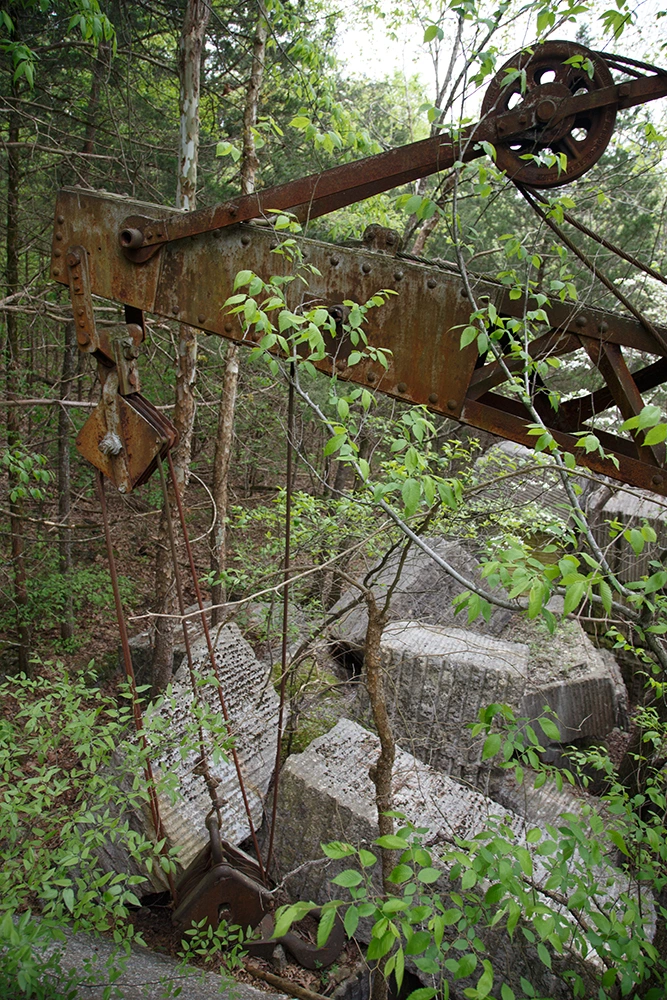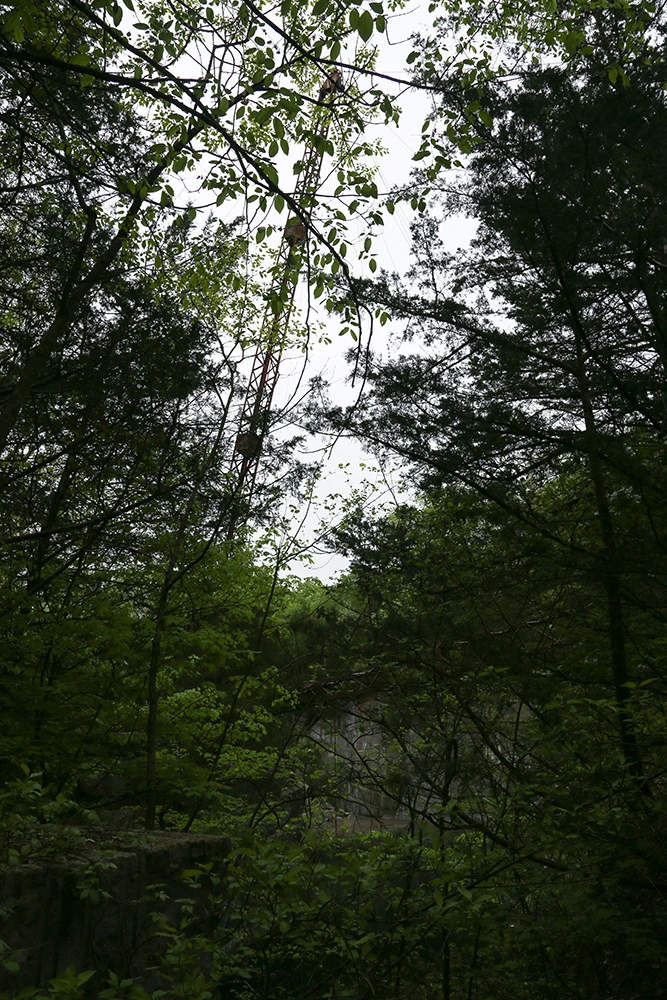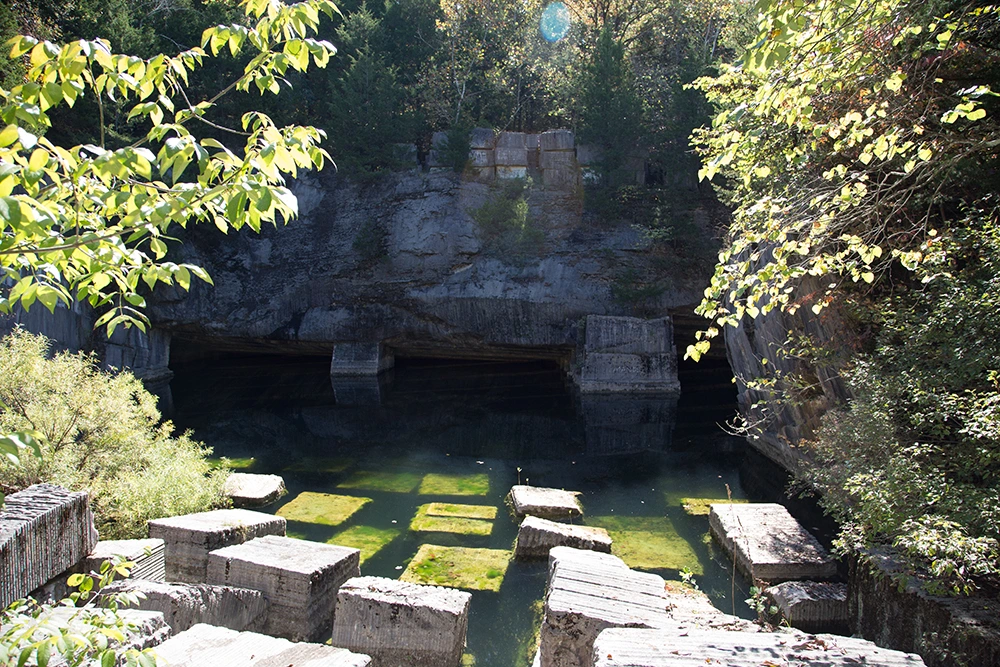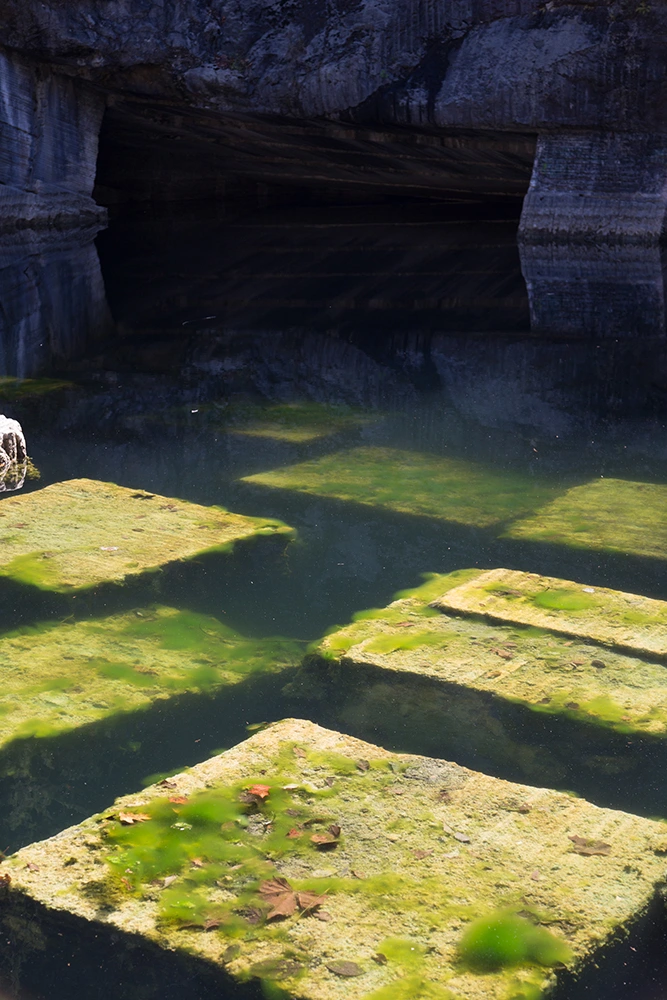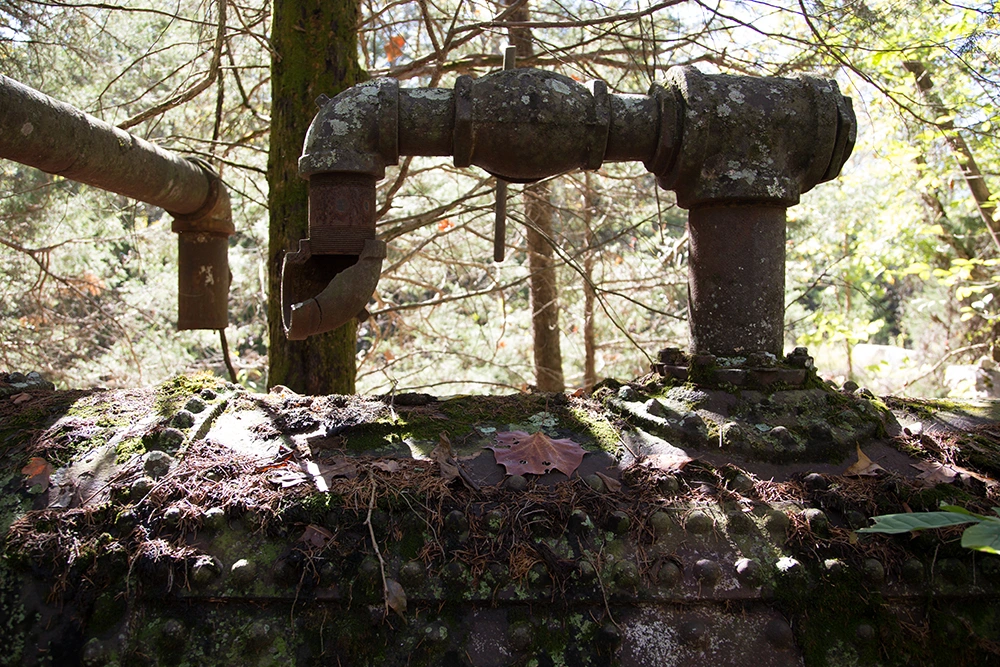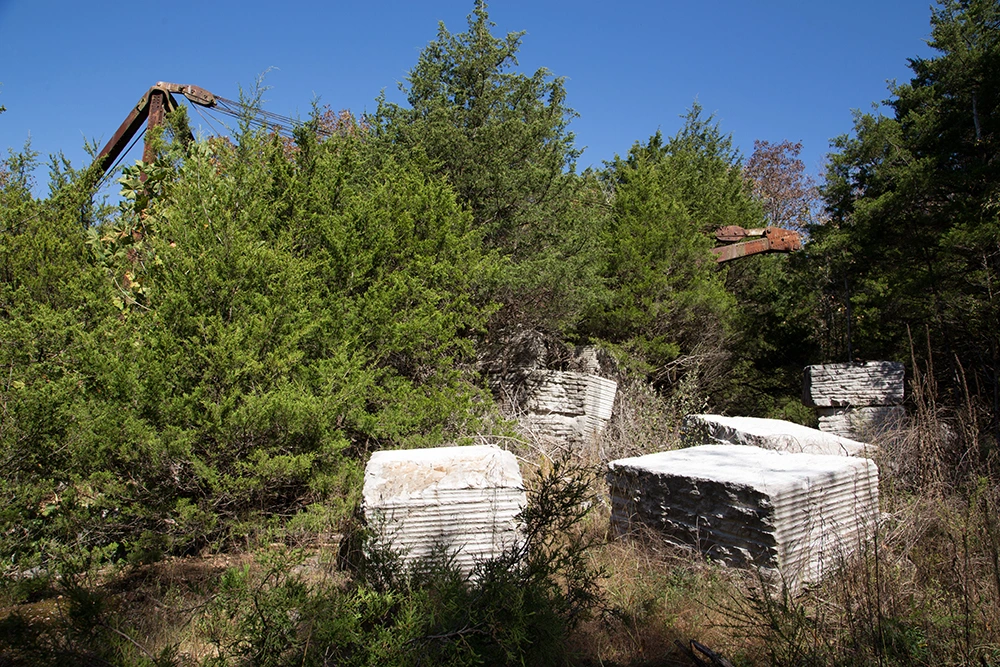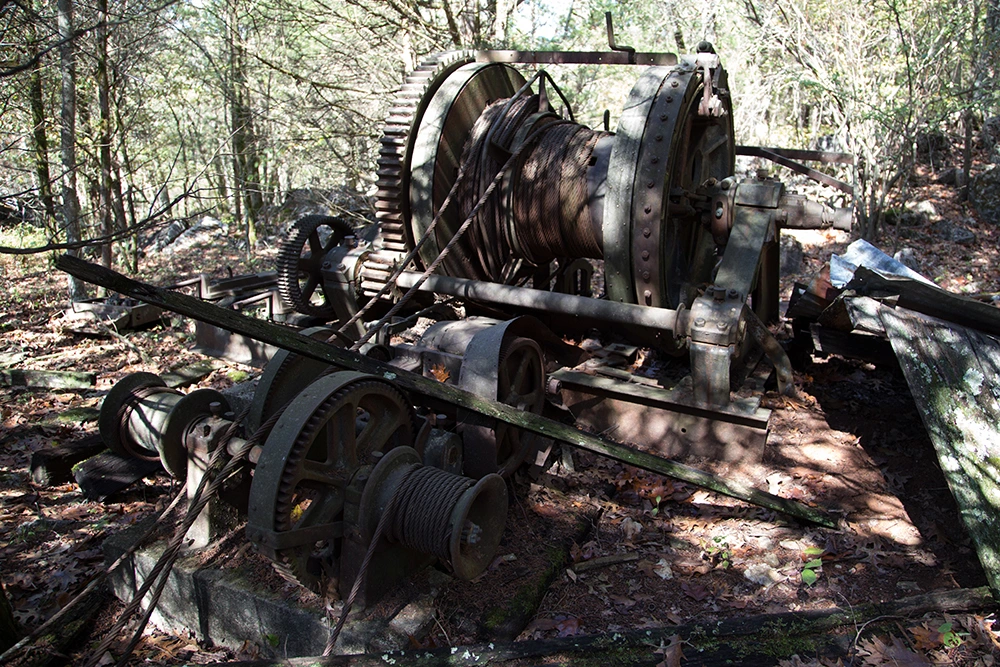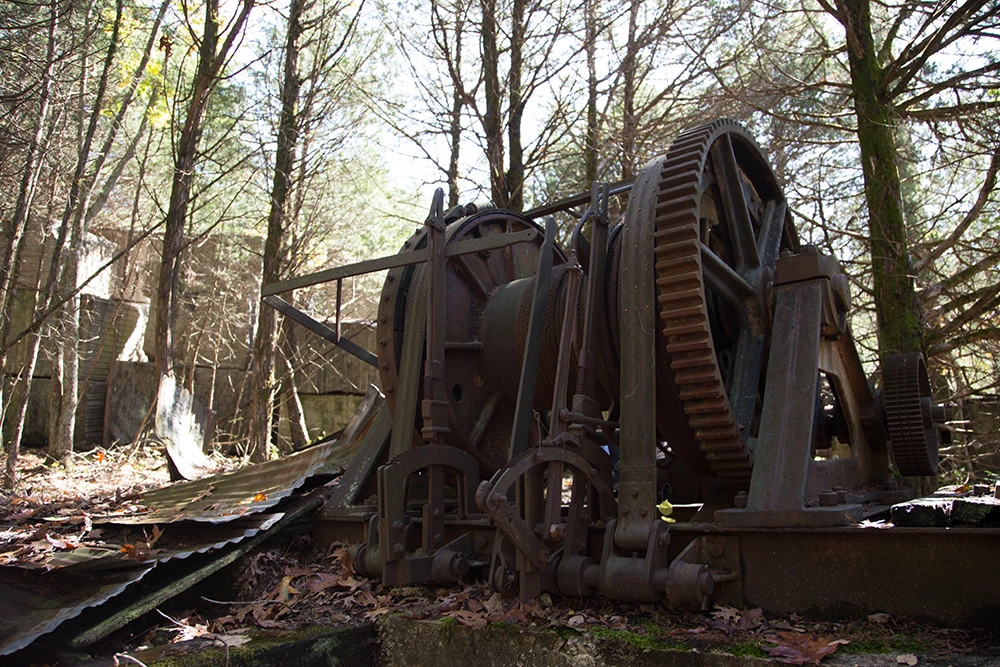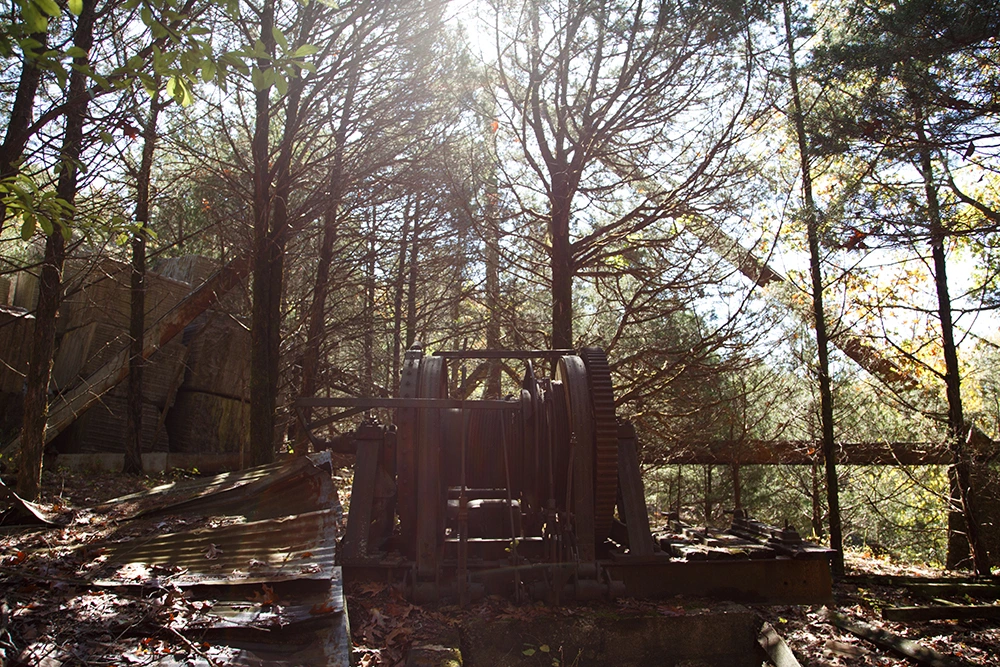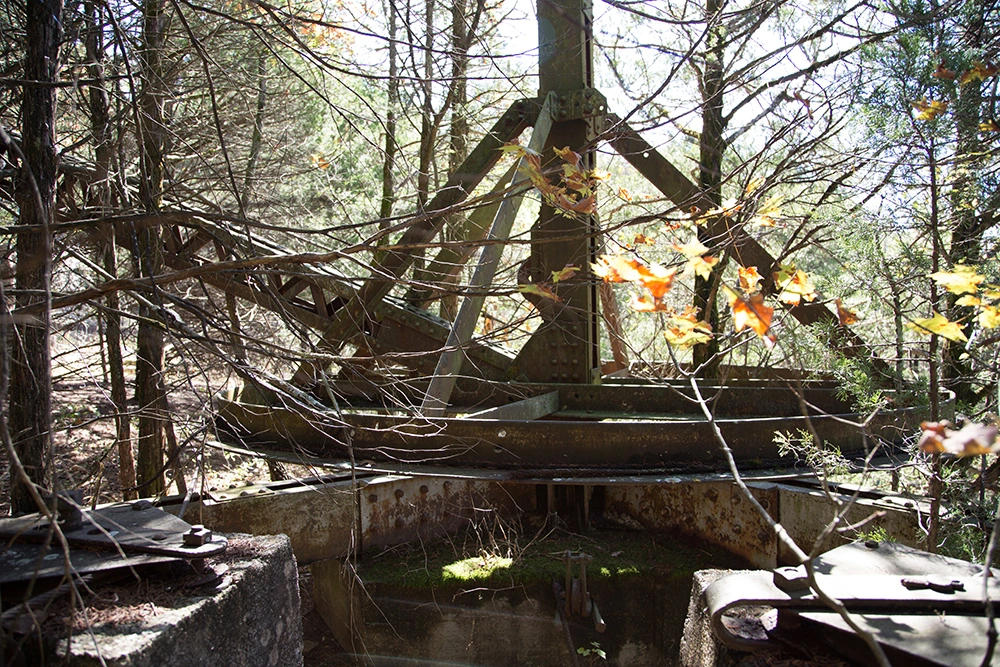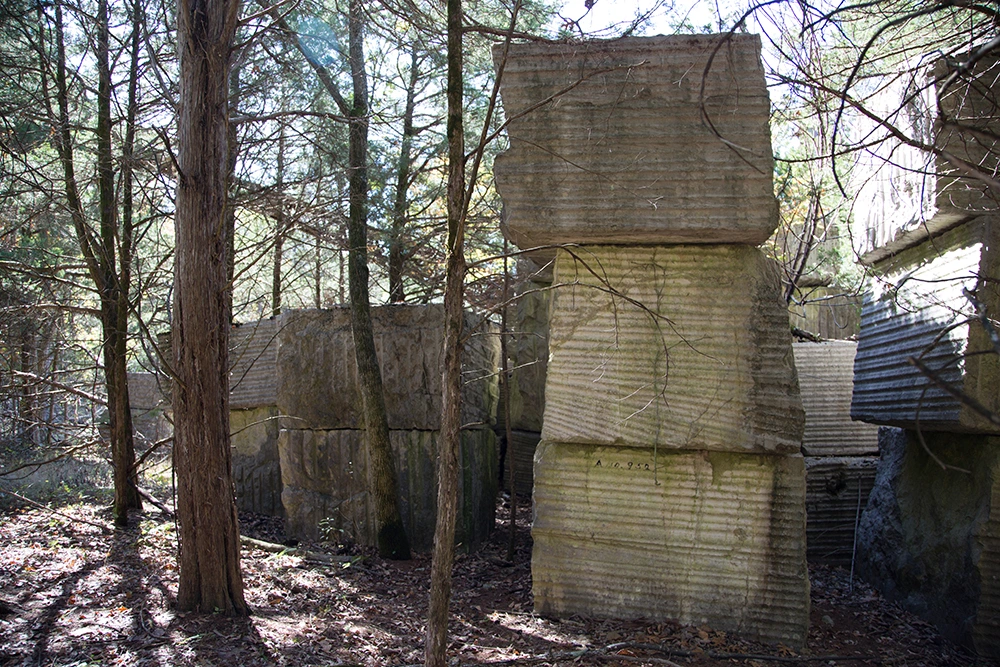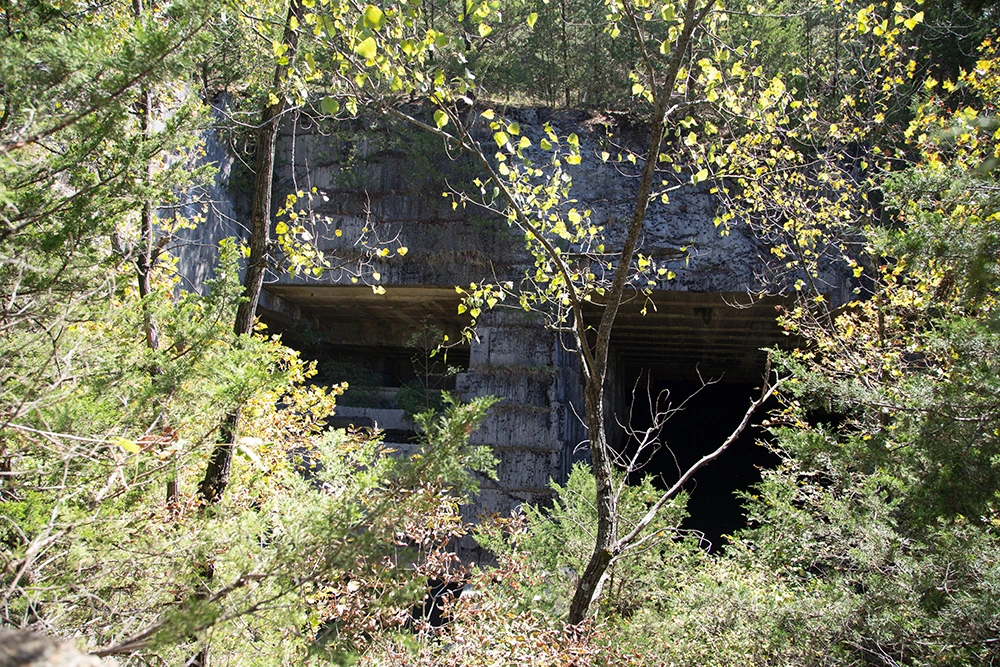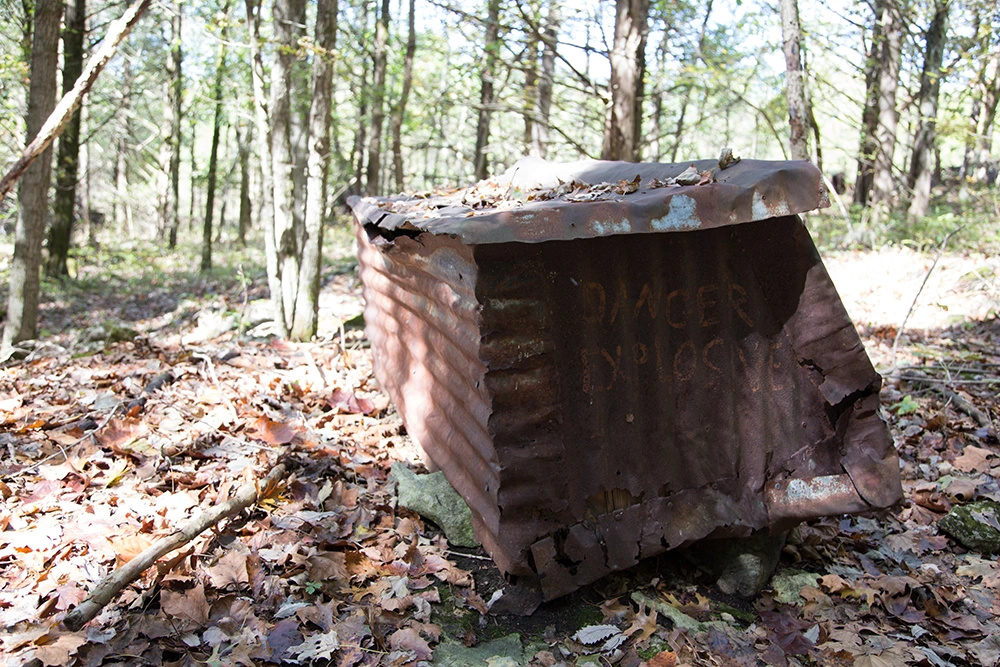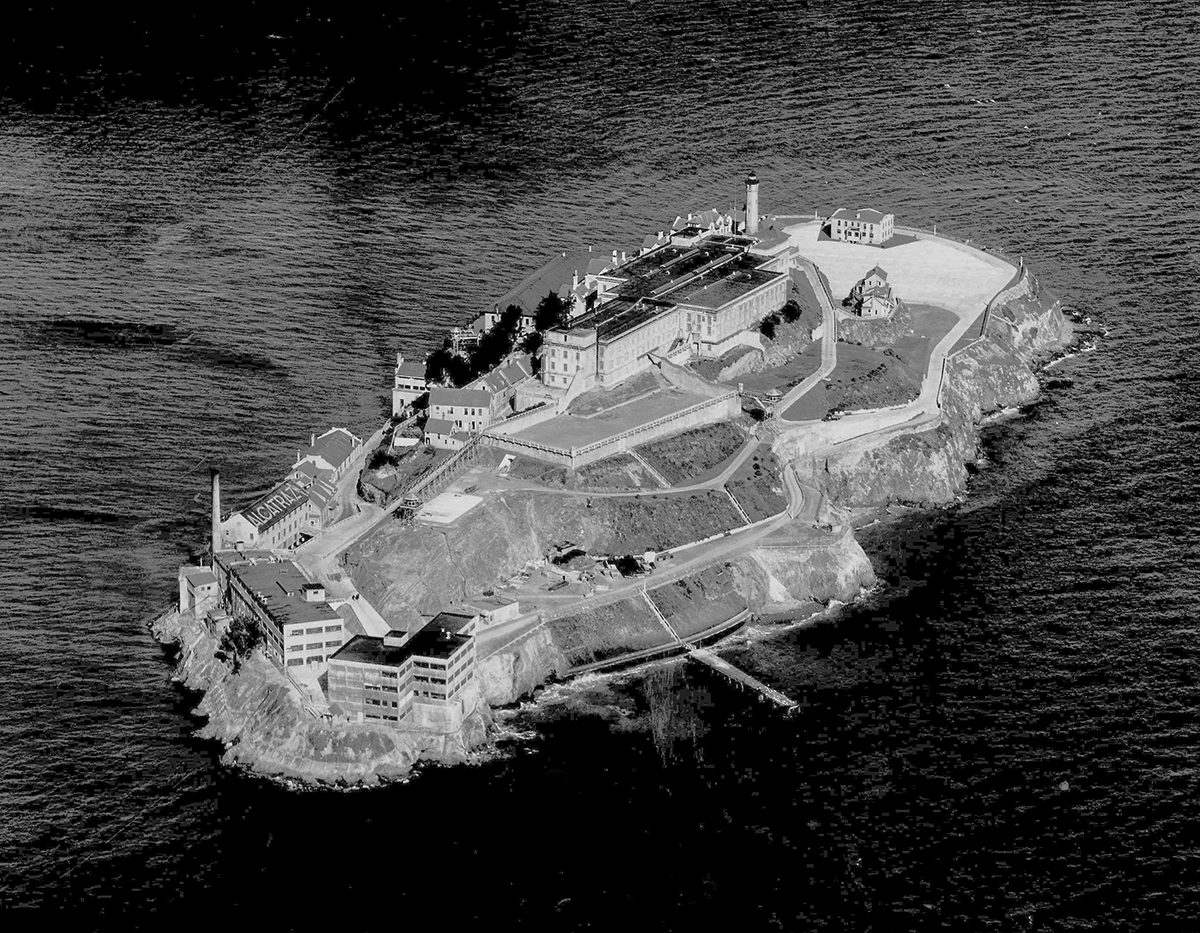Tuesday, July 16, 2019
The Animal Testing Laboratory operated here for decades under various owners, all of whom were engaged in roughly the same line of work: They manufactured drugs and tested them on animals. The last of the serious work was conducted here in the early 2000's before the plant went under. A few years later a local businessman attempted to revive operations on this site but soon realized it was more difficult and more expensive than anticipated. It has been sitting vacant since.
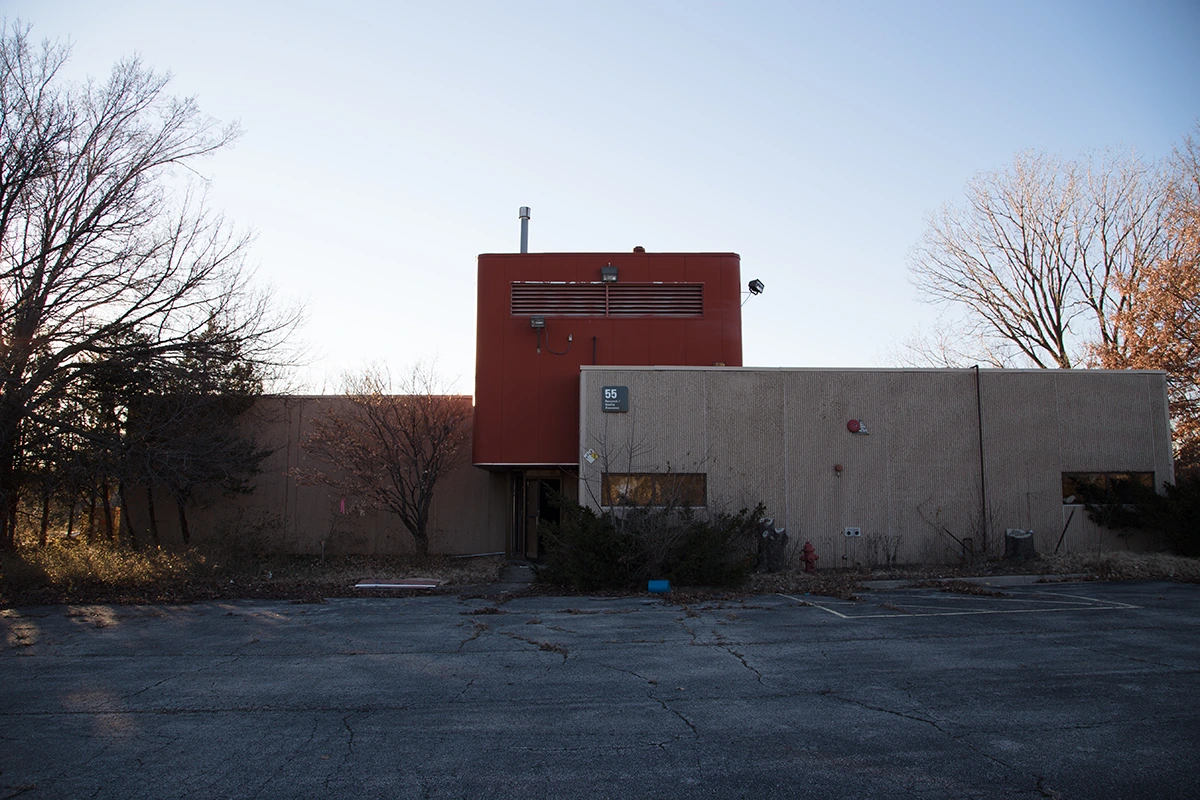
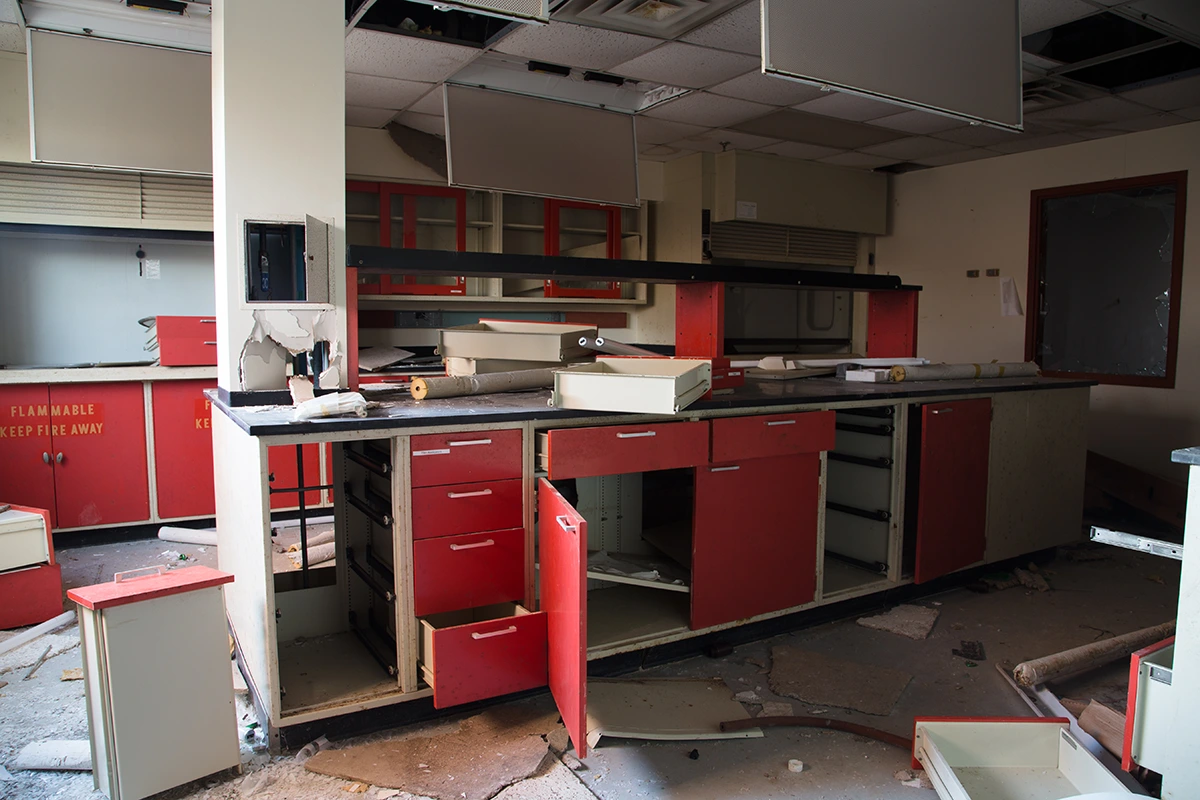
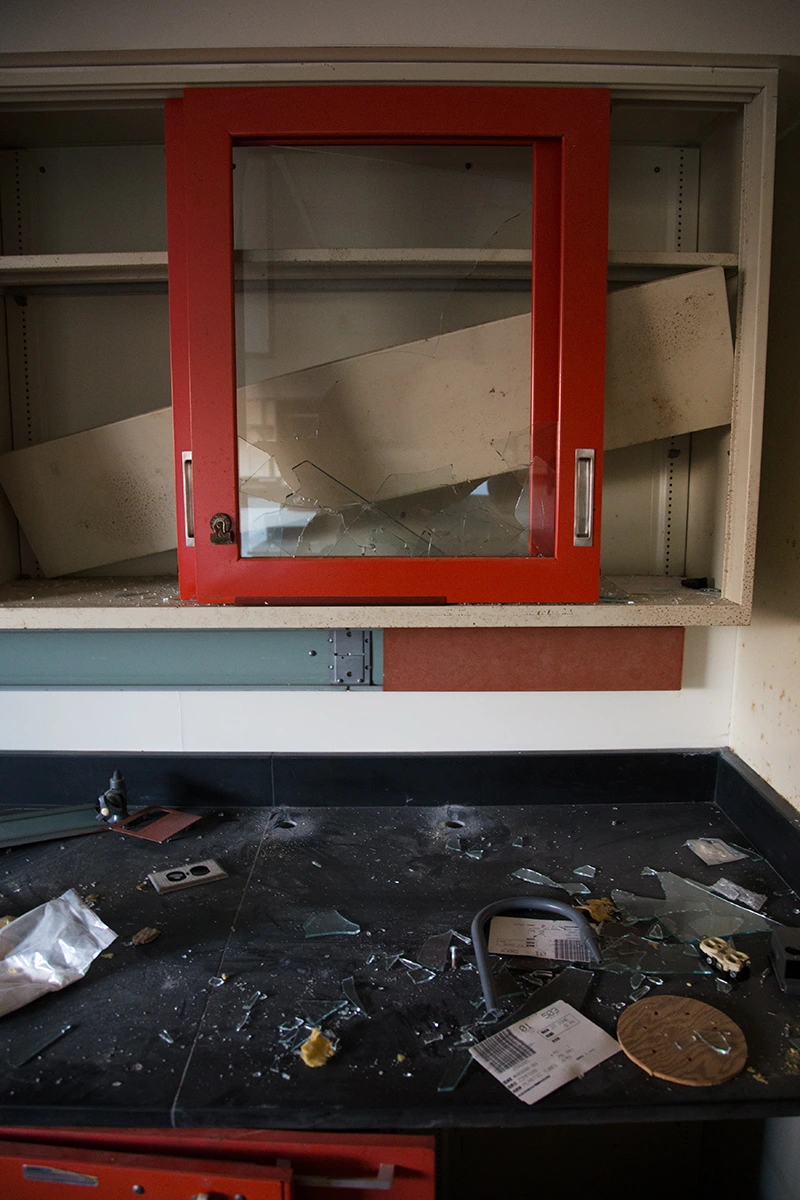
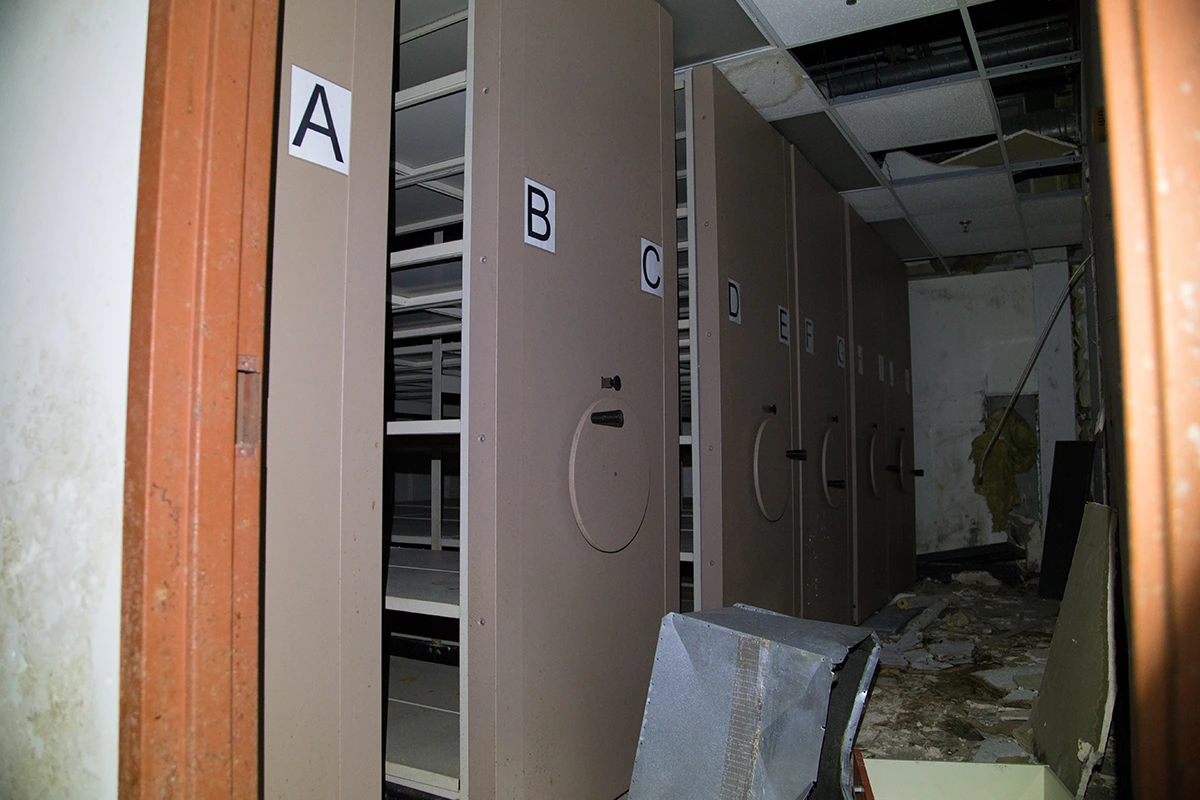
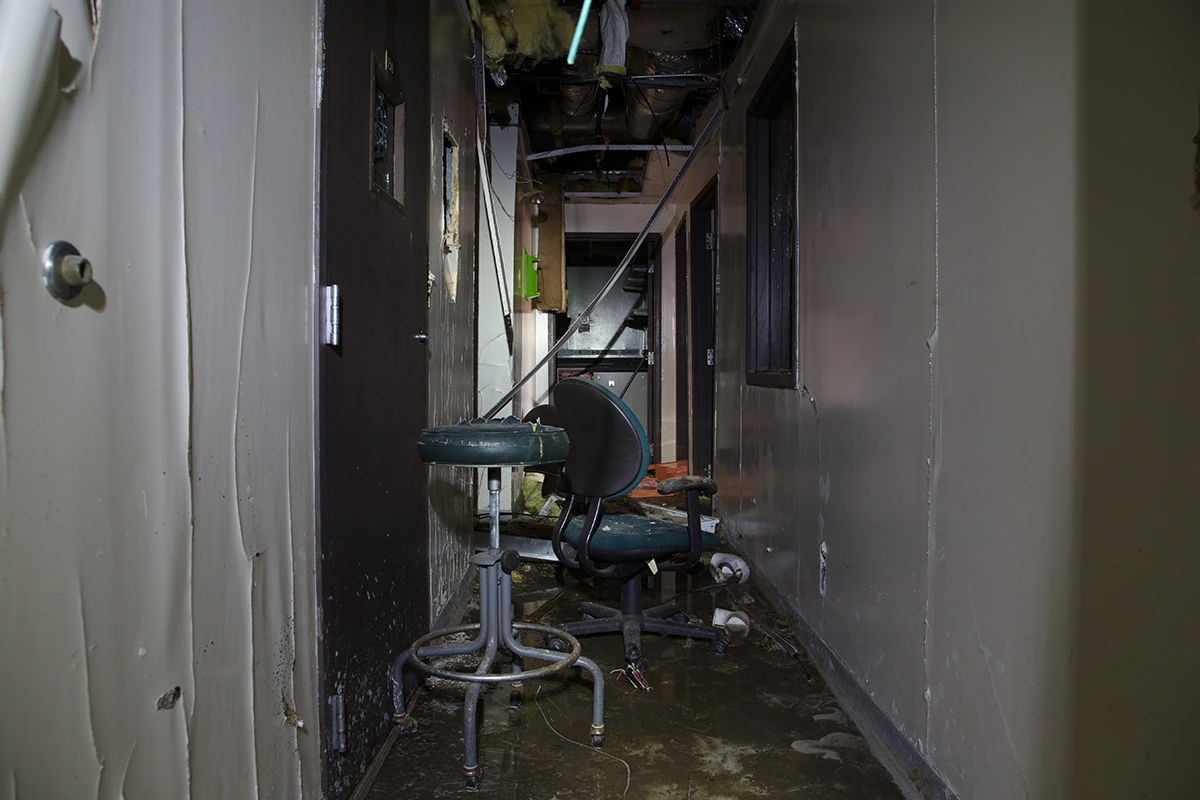
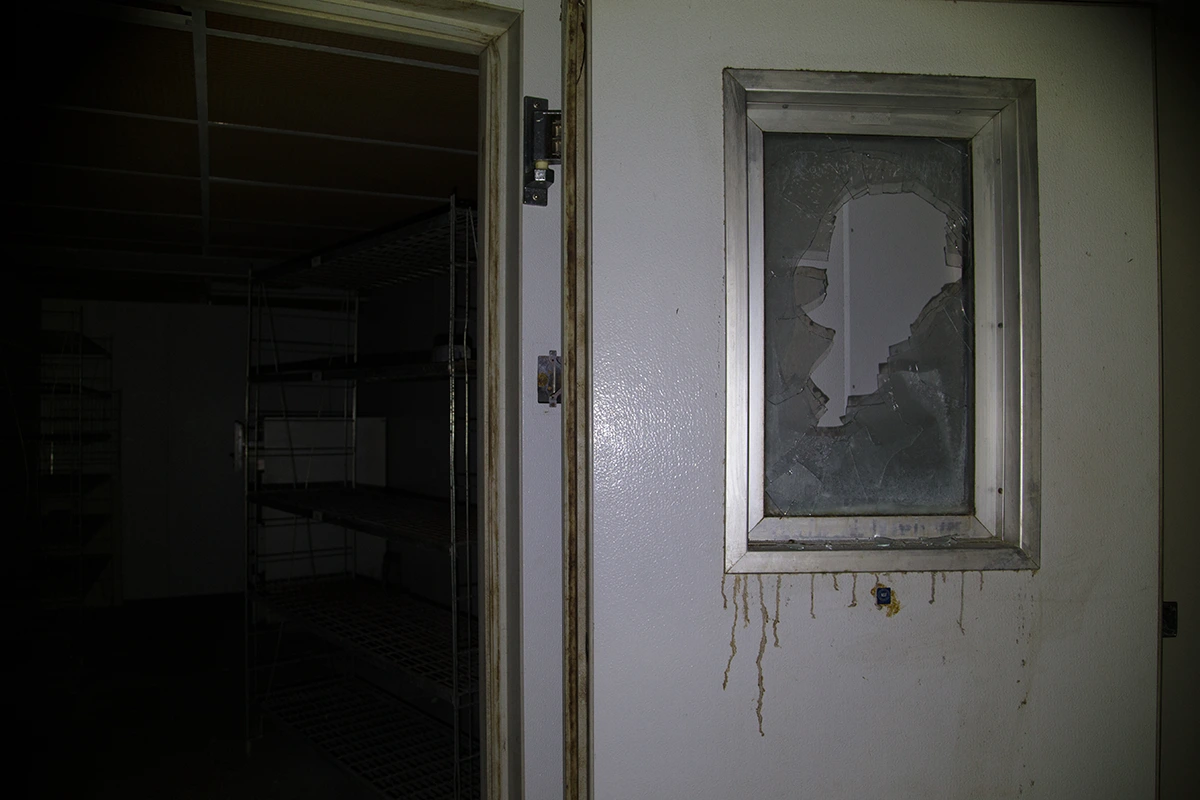
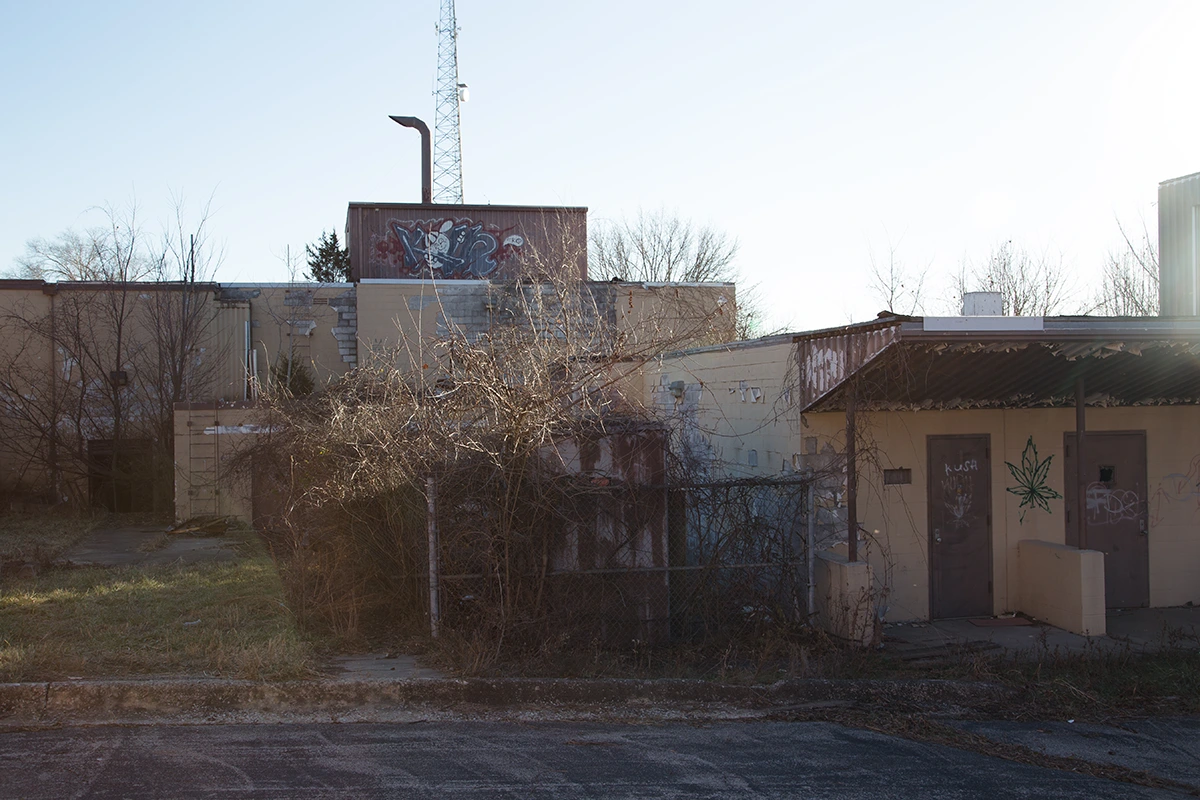
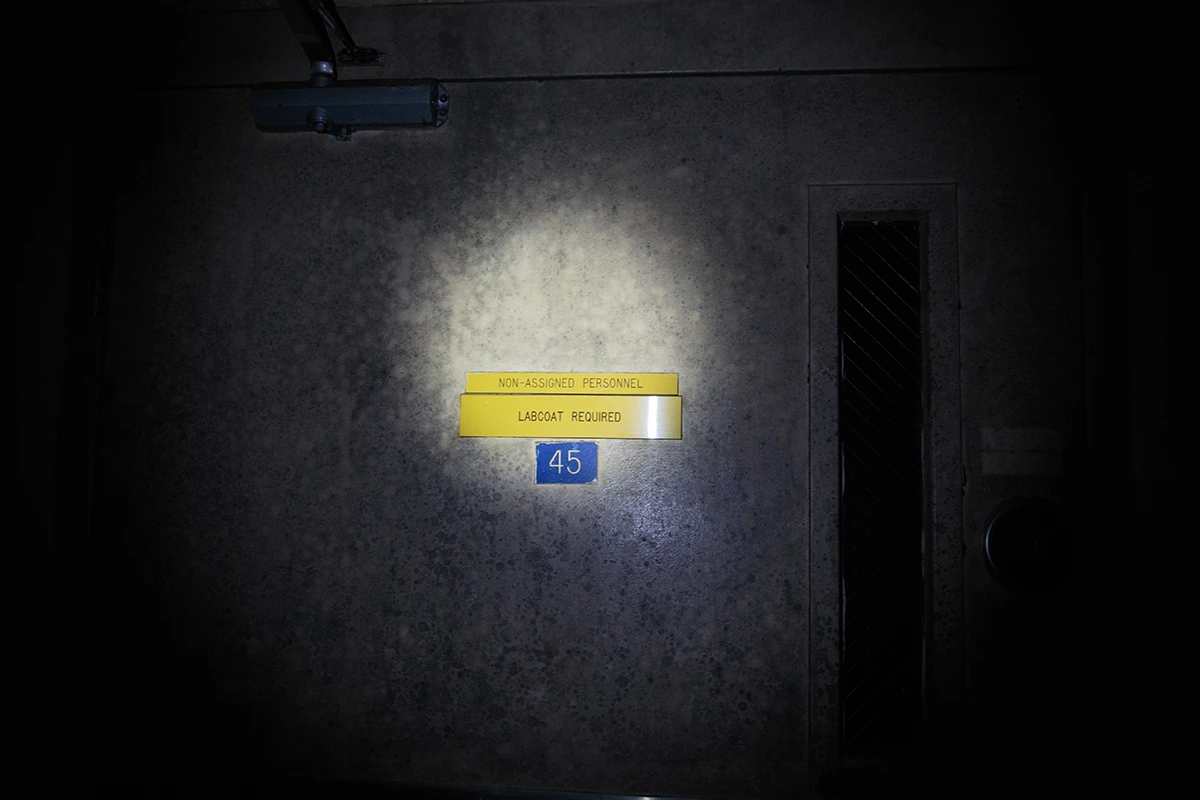
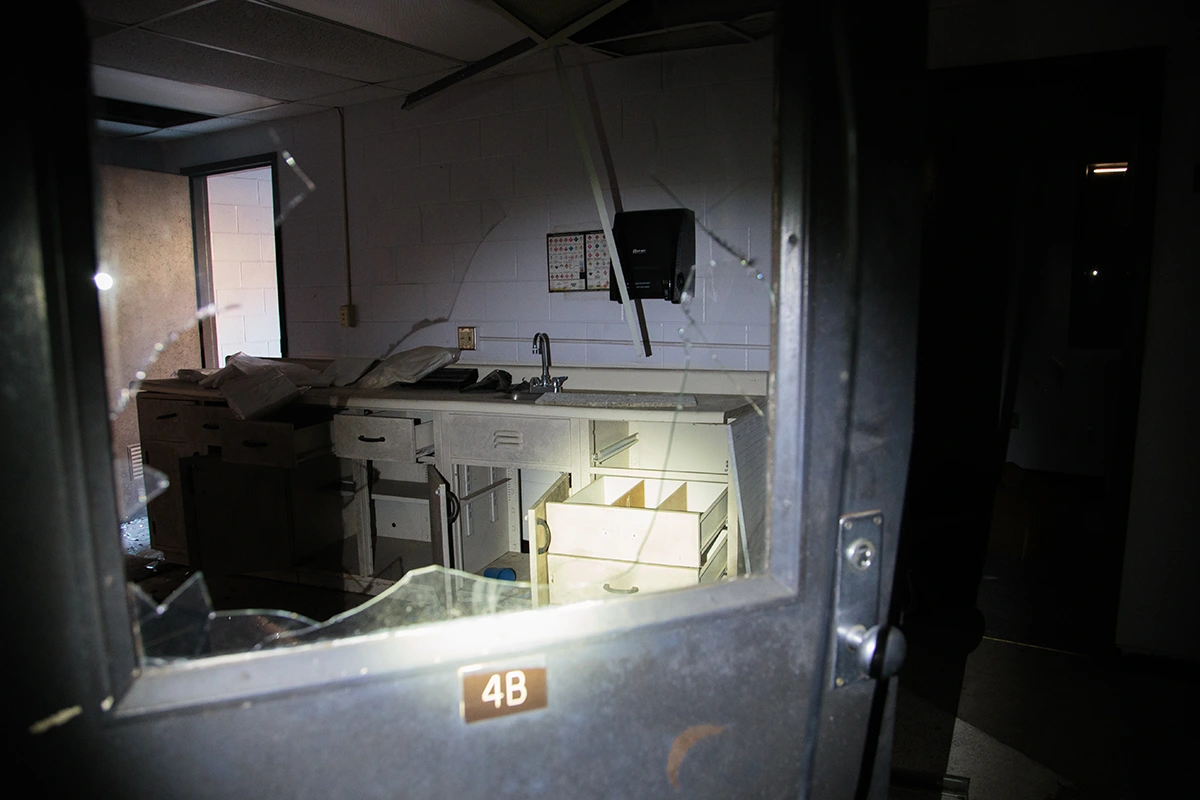
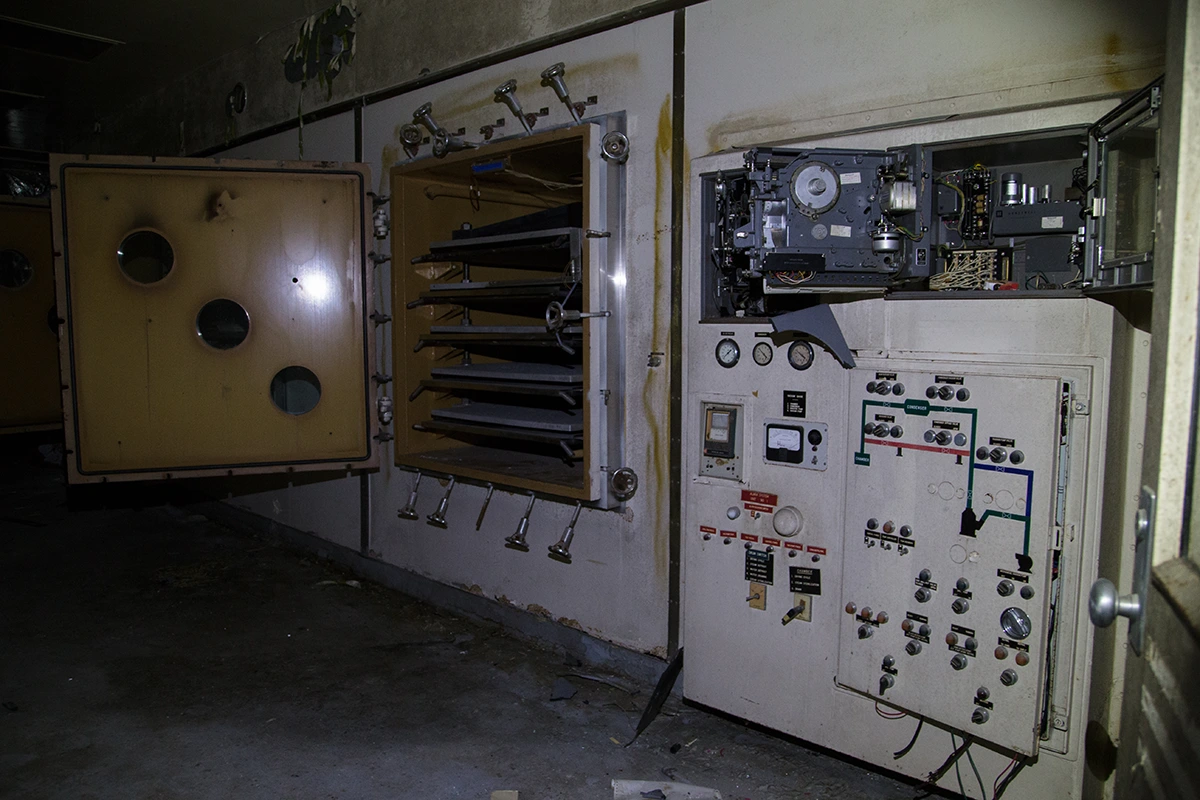
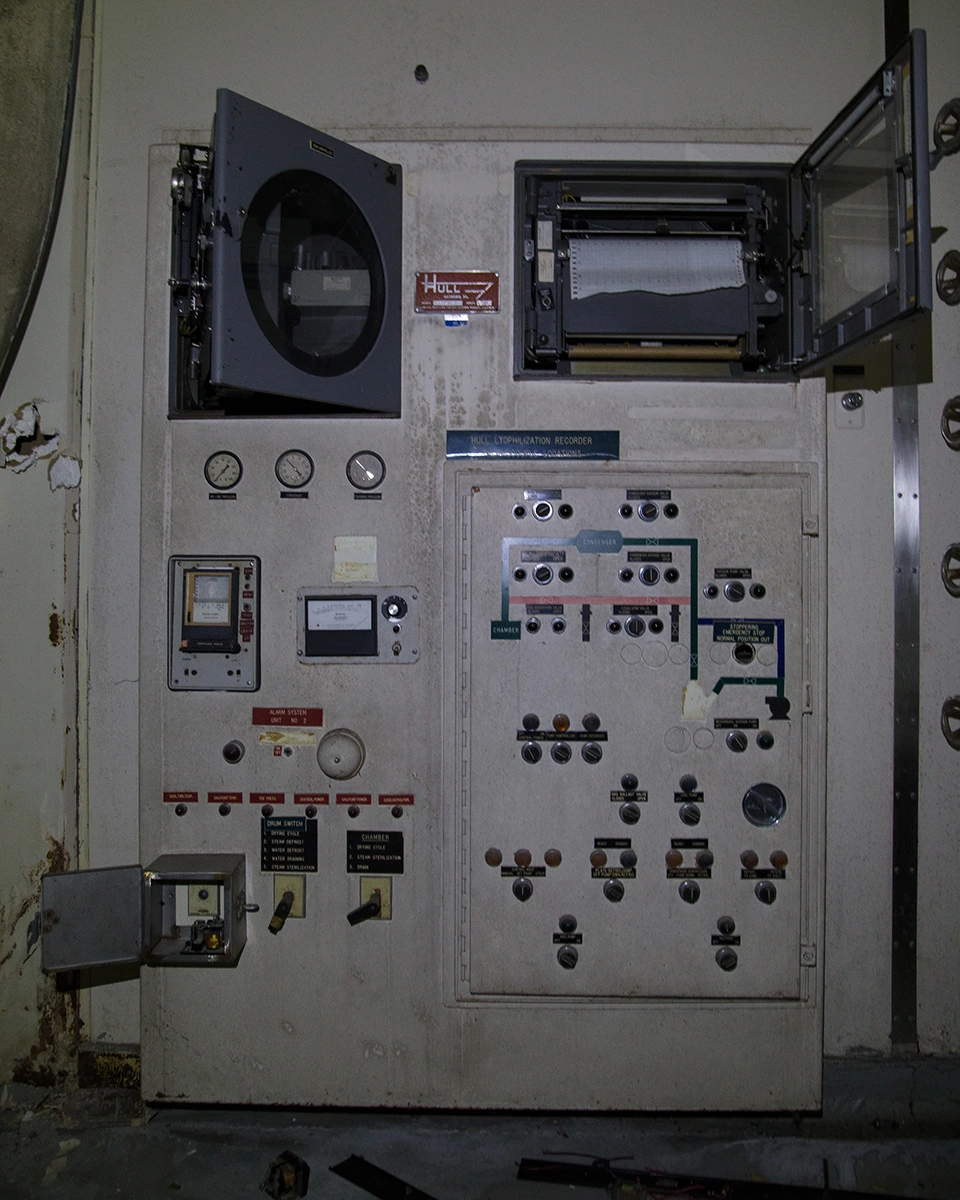
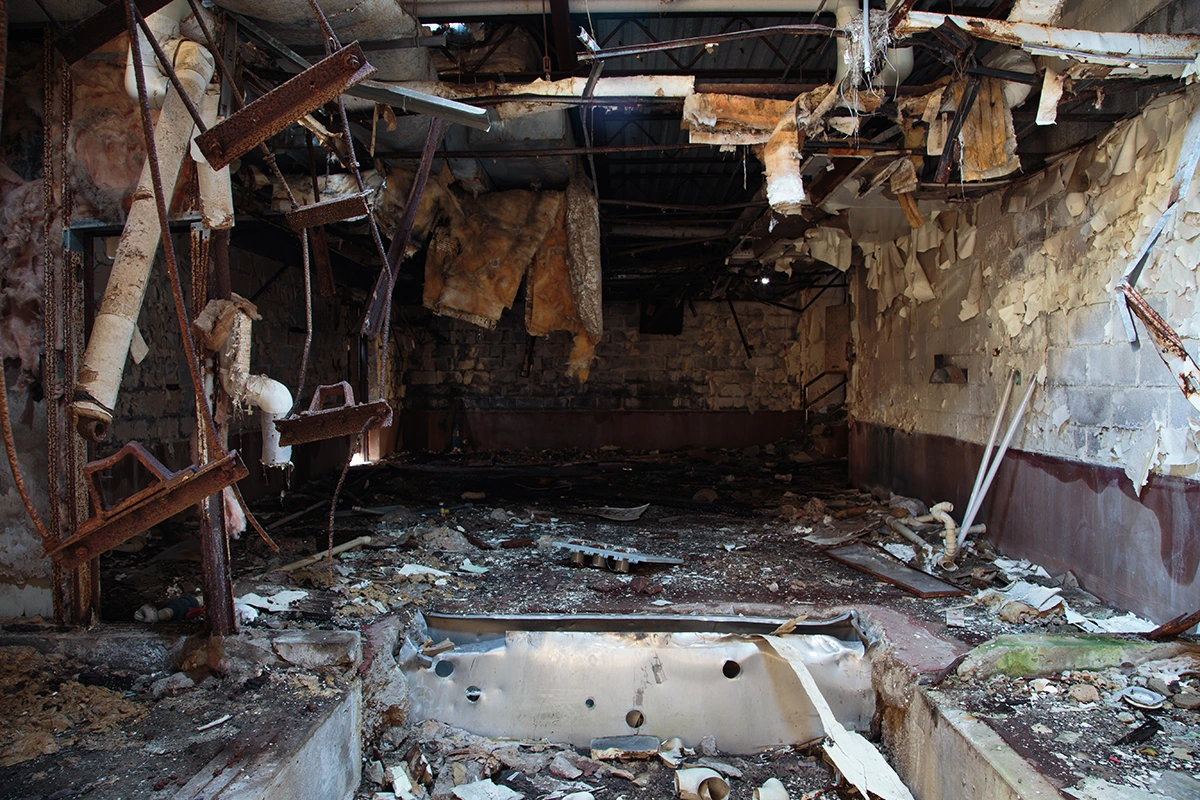
Labels: laboratory, medical
0 Comments:
Tuesday, July 2, 2019
The Ozora Marble Quarry began in 1920 and was reported to have been worked continuously until 1943, when operations were permanently shut down.
Stone from the Ozora Marble Quarry (Ste. Genevieve Golden Vein and Ste. Genevieve Rose Marble) was used in the enclosures which house and protect the original copies of the Declaration of Independence, the Bill of Rights and the Constitution of the United States.
"The quarry was equipped with a stiff-leg derrick with 35-foot mast and 75-foot boom and was powered by electric motors. Pneumatic drills and quarry bars were also used. Air compressors were driven by electric motors and electricity was supplied by diesel-powered generators".
The Ozora Marble Quarry is intact, the equipment which must be nearly 100 years old remains on site and it is a very interesting place to visit. It's located on private property and accessible with permission. Don't bother trying to access without permission for a variety of reasons. For one: this area is hunted regularly by the landowner and his family. So the property is actively managed by local landowners with guns. Secondly, there's no good place to park as they will spot you pretty much anywhere. This is what happened to us, anyway. We were told that you could ask just about anyone in town and arrange a visit. I've since returned with permission and updated this post.
Begin Historic Photos
End Historic Photos
Labels: 1900s, historic, industrial, quarry
1 Comment:
Monday, July 1, 2019
Located in Eureka Springs, Arkansas, the Eureka Springs and North Arkansas Railway is a working museum located at the site of the town's fully restored railroad depot which was built in 1913 and appears to be appropriately furnished inside, though it was closed on the day I visited.
This museum is home to a collection of vintage train cars and other relics including steam locomotives, compressors, pumps and engines. During the summer, you can book a ride on one of the cars pulled by a more modern diesel locomotive. There's also an old locomotive turn-table which they evidently still operate from time to time, despite its rather unstable appearance. One of the more prominent trains on site include the old No. 201, a 2-6-0 (Mogul) built in 1906 by the American Locomotive Company in Patterson New Jersey as a coal burner and was later converted to oil. It is one of only three known surviving locomotives to have worked on the Panama Canal. Attached to this machine is an old caged circus car, complete with an animal doghouse style enclosure inside. There's also an interesting 1951 Chevrolet converted to use as a track inspector's car, among other things.
I didn't bother to bring my camera on this stop so these photos were shot on my crappy old phone. The town itself is pretty cool; it's full of old buildings scattered around the unique and porous geography.
























Labels: 1800s, historic, industrial, trains

